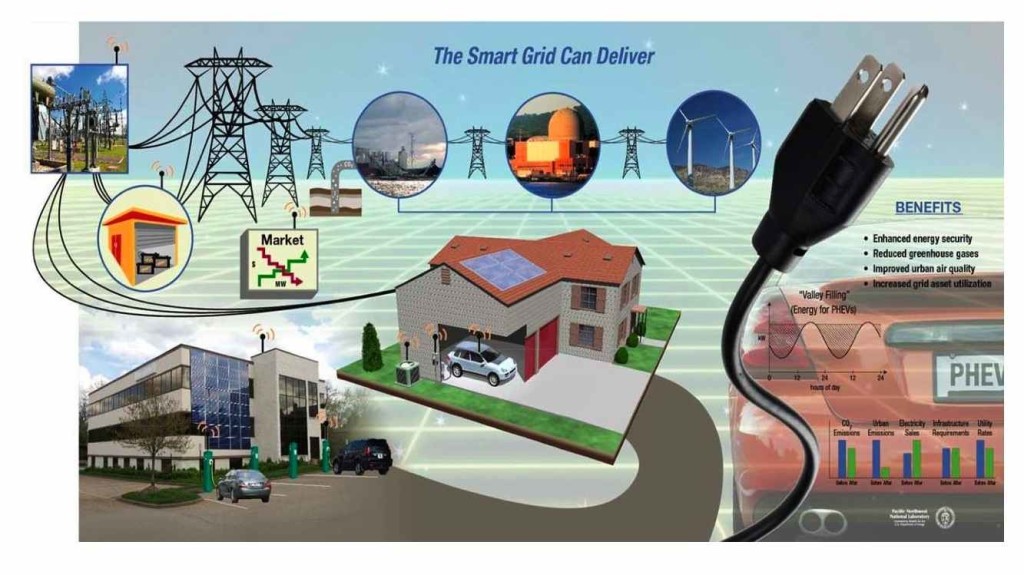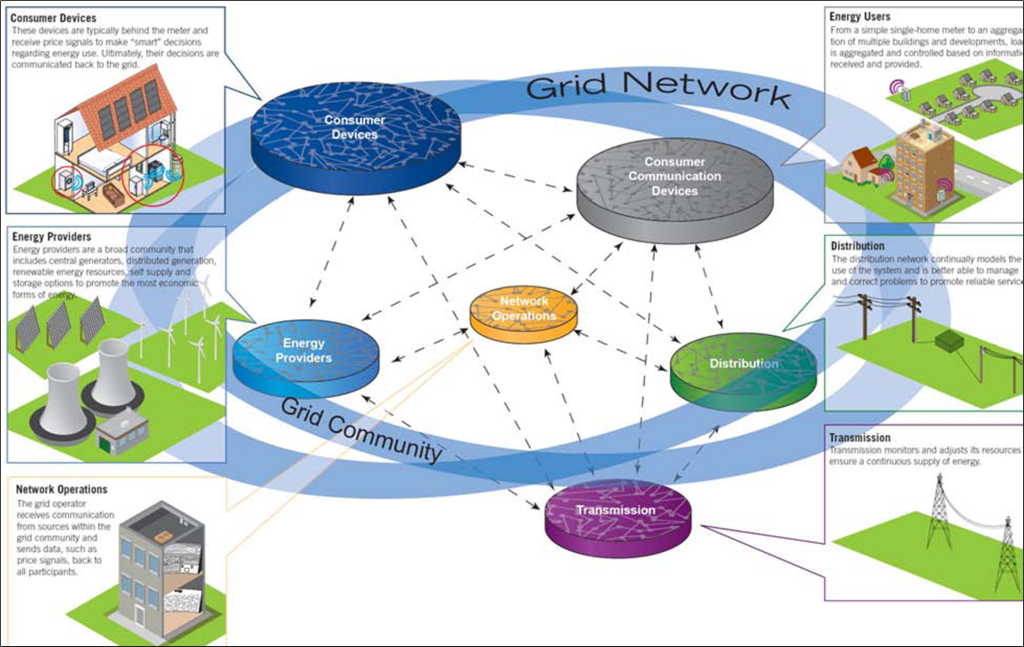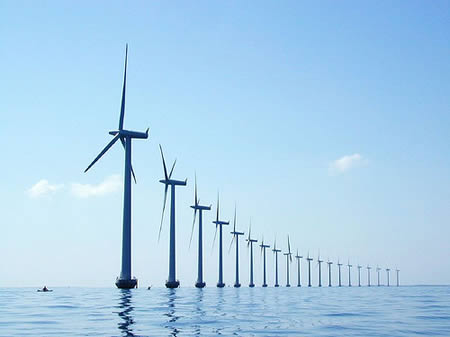Alternative Energy – How the Power Grid Is Adapting and Why It Is Happening Now
While alternative energy can be good for the environment, the power grid must adapt to the transition to environmentally friendly energy sources and become a “smart” grid to handle the variability of a diverse renewable energy portfolio.
 The smart grid is called the internet of things. Each “thing” in the smart grid is an appliance like an air conditioner, a controlling device like a programmable thermostat or motor control center or power source like a solar cell. Renewable energy sources communicate real time power generation information to utilities. While the theory of a smart grid has existed for more than a couple of decades, only recently it is becoming a reality.
The smart grid is called the internet of things. Each “thing” in the smart grid is an appliance like an air conditioner, a controlling device like a programmable thermostat or motor control center or power source like a solar cell. Renewable energy sources communicate real time power generation information to utilities. While the theory of a smart grid has existed for more than a couple of decades, only recently it is becoming a reality.
Why Is the Smart Grid Now a Possibility?
There are several reasons why the smart grid is being rolled out en masse now although the technology has existed for a decade. The primary reasons pushing the smart grid are the economies of scale that now make a smart grid affordable, the adoption of renewable energy as its cost per kilowatt comes down, and the computing infrastructure required to run smart grids now up and running.

Economies of Scale
Networking the entire power grid requires a huge number of sensors. As wireless technology has exploded, the cost of individual wireless communication devices has come down low enough that we can consider installing millions of them across the power grid and in appliances as a standard feature. Smart grid sensors use the same cheap communication components as cell phones, often using similar batteries as well. By leveraging the cost savings yielded by the economies of scale for producing millions of cell phones and PDAs per month, smart grid infrastructure is now affordable enough to be practical and in practically everything that uses more than a sip of power.
Renewables Require a Smart Grid
Renewable energy demands tighter power grid monitoring and immediate corrections to handle. Solar power production is greatest in the afternoon, when people tend to use the most power. However, it produces little power in the winter though people need energy to stay warm. Wind power peaks at sunrise and sunset, when there is relatively little demand. Adding more renewable power onto the power grid multiplies the variability of the power supply. When renewable power from local sources suddenly drops due to a thunderstorm blocking the sun, the power grid must compensate by either pulling power from batteries or turning on natural gas power plants.
This is why Spain’s solar power and wind power drive caused a horrific economic slump; they discovered that for every megawatt of renewable energy they put in, they had to install an equal capacity of natural gas or oil burning power generation which was then rarely used. Spain had to build twice as many power plants while using the more expensive renewable power plants most of the time.
The United States is not facing this debacle because it is shifting to natural gas. Renewable energy sources that are good for the environment are coming on line slowly across the grid, while the investors still receive a return on their investment because the natural gas plants are still used in some capacity all of the time. However, as more renewable power sources come on line, more back up power generators will have to be added and kept in sync with the renewable energy supply. And a smart grid is the only way to handle many small, personal renewable energy projects that provide most of a consumer’s power but must alternate between accepting locally produced power and delivering power when renewable sources fall short.

Data Analytics
The smart grid generates massive amounts of information. Thanks to data analysis and data reporting tools pioneered by companies like Google, utilities have the ability to compare one utility customer’s date against his or her neighbors, report on each person’s prior day’s usage and relate this to the previous day’s temperature outside. More importantly, this information can be relayed to the user through utility websites or displayed on the home’s thermostat. Some consumers have signed up for emailed notices and warnings when they use more power than average or their pre-selected quota.
Other users have signed up for discount programs where they are notified of power system overloads and paid to turn off devices and bring down their power consumption. Some utility customers are receiving rewards for shifting power consumption to non-peak times like early morning and late at night. Using low cost cloud computing and data analysis tools based on those pioneered by Google, utilities now have the ability to record power usage of consumers minute by minute and reward those who lower their usage when the utility asks them to do so. Conservation is good for consumers and the environment, but it must be balanced by consumers’ needs; in depth data analysis helps companies and consumers reach a reasonable balance before rolling blackouts hit.






